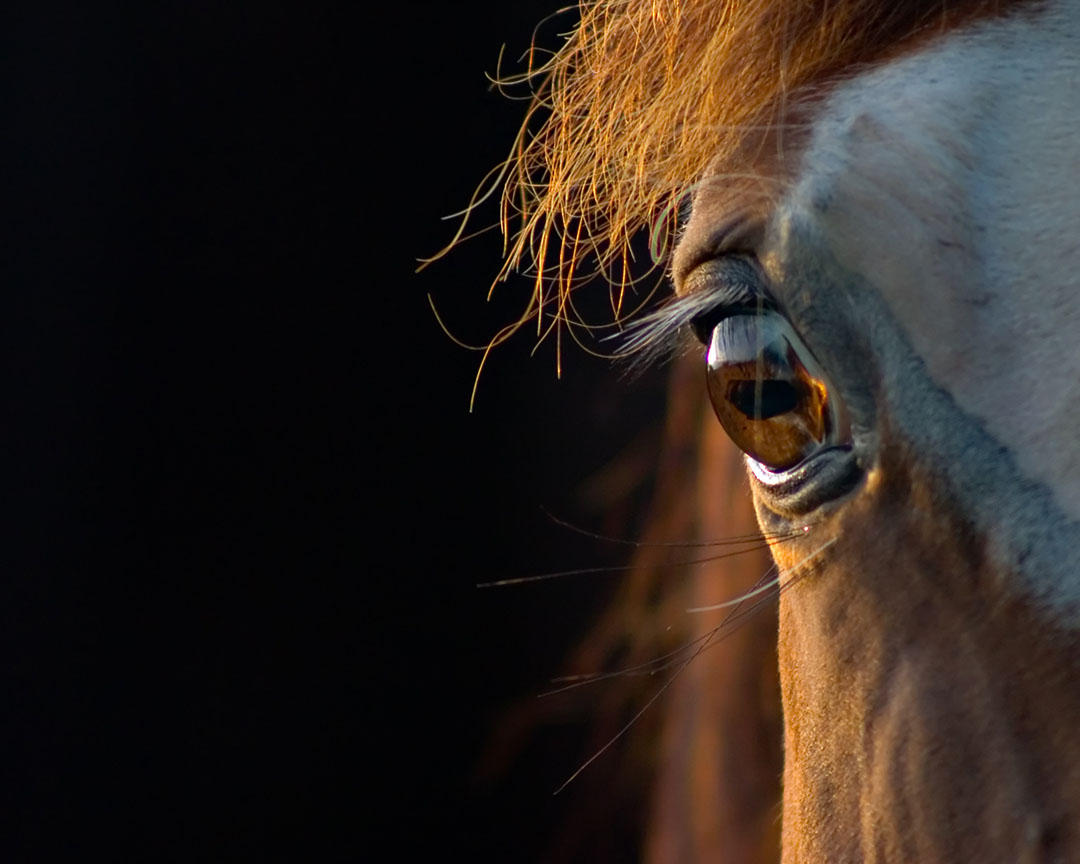Horses in China: 10 nutrition issues to improve

China invests heaviliy in horse farming, but there are problems with poor performance, slow growth, suboptimal body condition, colic, lameness, infertility, and other diseases. How can nutrition help?
Ten key issues related to nutrition and feeding horses in China have been identified by Peter Huntington and Junling Sun as possible contributors to this wastage. These issues include lack of nutrition knowledge, lack of grazing, poor water supply, poor forage supply, reluctance to pay for quality feeds and overuse of imported supplements amongst others. By addressing these issues, the health and performance of horses in China can improve, and wastage will decrease.
1. Lack of knowledge
Whilst China has a large horse population, it has a narrow distribution so relatively few Chinese involved in the horse industry have had a long term involvement in horse care. This means that horsemanship skills and an understanding of digestive physiology, nutritional requirements and feeding management is often lacking.
2. Lack of grazing
Because of competition for land use, climate and some ignorance of the importance of grazing, few horses are given year round grazing and many horses in China get no grazing time at all. This means supplementary concentrates and forages must supply all or nearly all the horses nutrient requirements.
3. Poor water supply
Water is a critical nutrient and deprivation of water will impact on health faster than deprivation of other nutrients. Few stables in China monitor intake or consider keeping water at an optimum temperature to reduce temperature related effects on water consumption.
4. Poor forage supply – quality and quantity
In China, few horses have access to pasture and so rely on hay for their forage intake. Chinese grass hay is cut too late and is usually of lower quality than that grown in many countries. Poor transport conditions and storage often leads to further deterioration in quality.
5. Many horses are too fat and not fit
In common with many other countries, Chinese horse owners tend to like their horses to be fat and shiny, rather than fit. The extra bodyweight requires extra feed and increases the risk of joint disorders, behaviour problems and colic.
6. You get what you pay for in horse feed
There is currently only 1 registered horse feed manufacturer in China and several imported brands are approved. To save money, many stables use unapproved cheap feeds, mix their own feed from raw grains or use feeds designed and made for other animals.
7. Feed transport is expensive, time consuming and prone to delay
China is a very large country and road freight is slow and expensive. As most hay is made in northern China shipping it to other parts of the country is slow and expensive. This can lead to shortages or inadequate amounts of forage being fed due to the cost.
8. Poor nutrient balance – Poor health and performance
Chinese forages tend to be much lower in minerals like calcium, phosphorus, zinc, selenium and iodine. Also the intake of vitamins like A, E and K and vitamin D can be a problem.
9. Overuse of expensive supplements
There are no registered Chinese made supplements for horses so owners who want to feed supplements tend to rely on expensive illegally imported supplements. Many of these are added without regard for what nutrients the horse needs in the hope it will improve performance but that’s not unique to China.
10. Don’t feed all horses the same
The nutrient requirements of a horse vary with body weight, breed, metabolism, workload, growth rate and reproductive status in mares. This means you can’t use the same feed or the same feed rates for all horses in a stable but some stables follow this principal for simplicity. This results in underfeeding or overfeeding and can lead to obesity, poor body condition and poor health, fertility, growth rate and performance.
The report: Nutrition: ‘Key Issues and the consequences of getting them wrong’ was presented at the World Equine Veterinary Association Conference, 2018.
Source: KER











